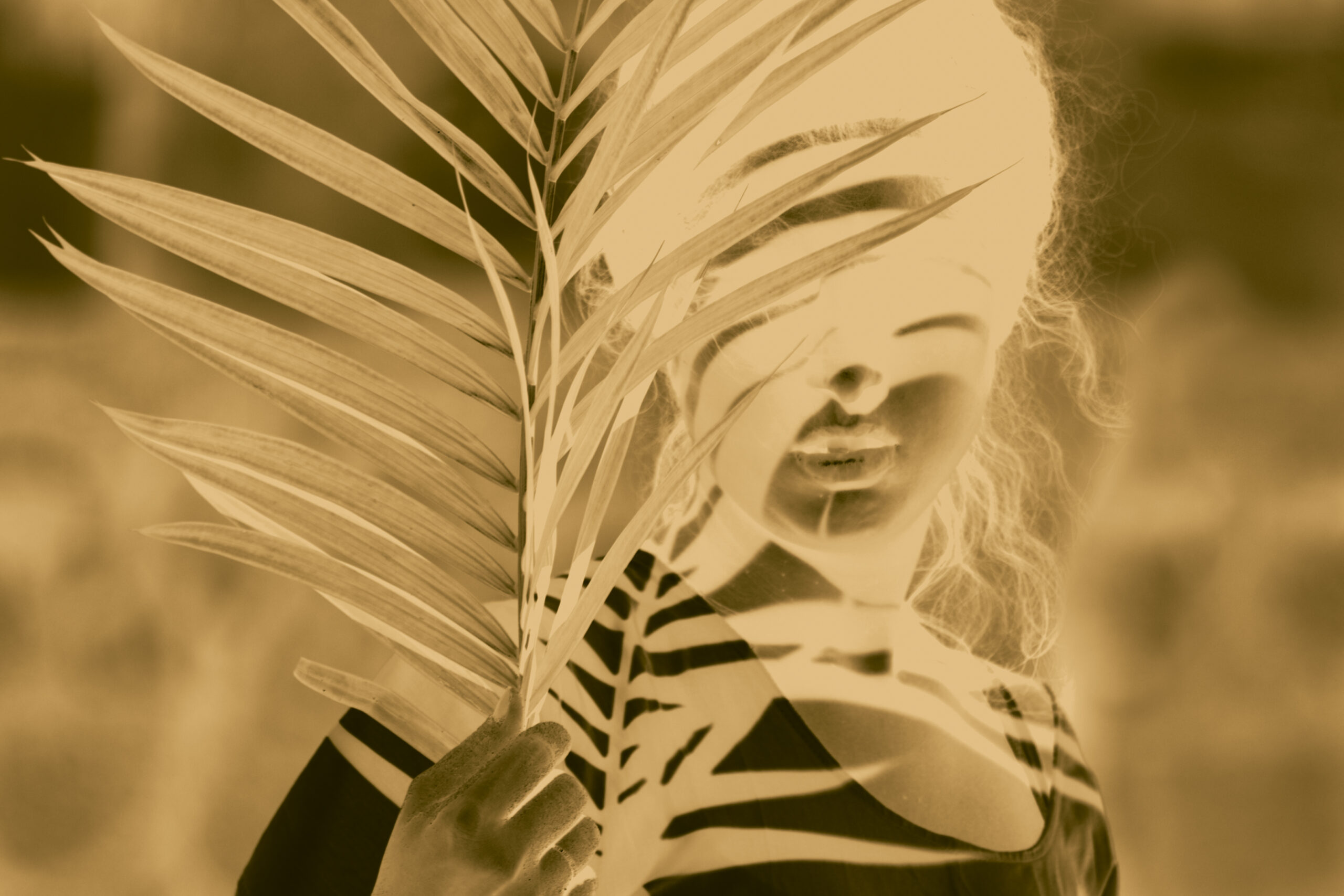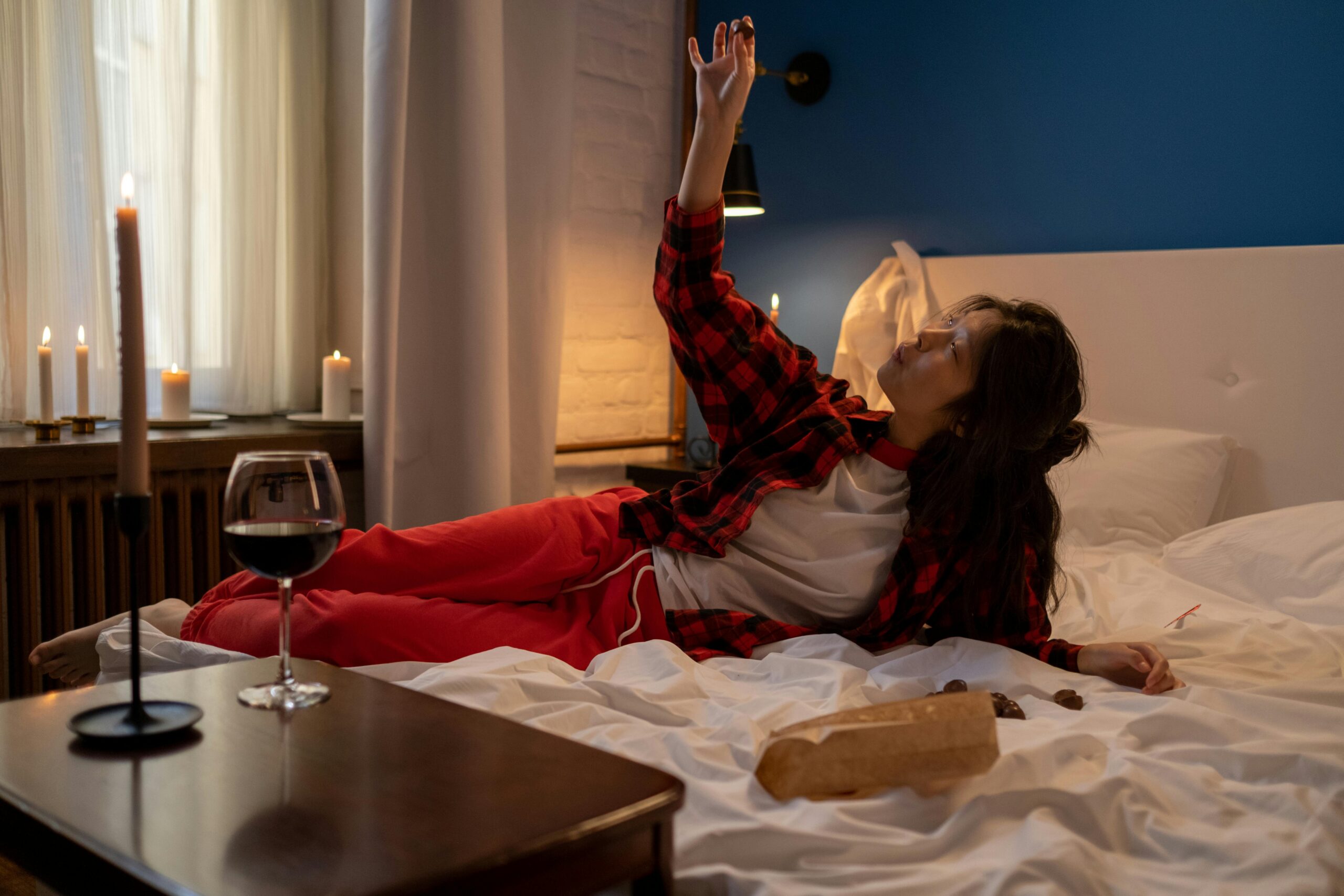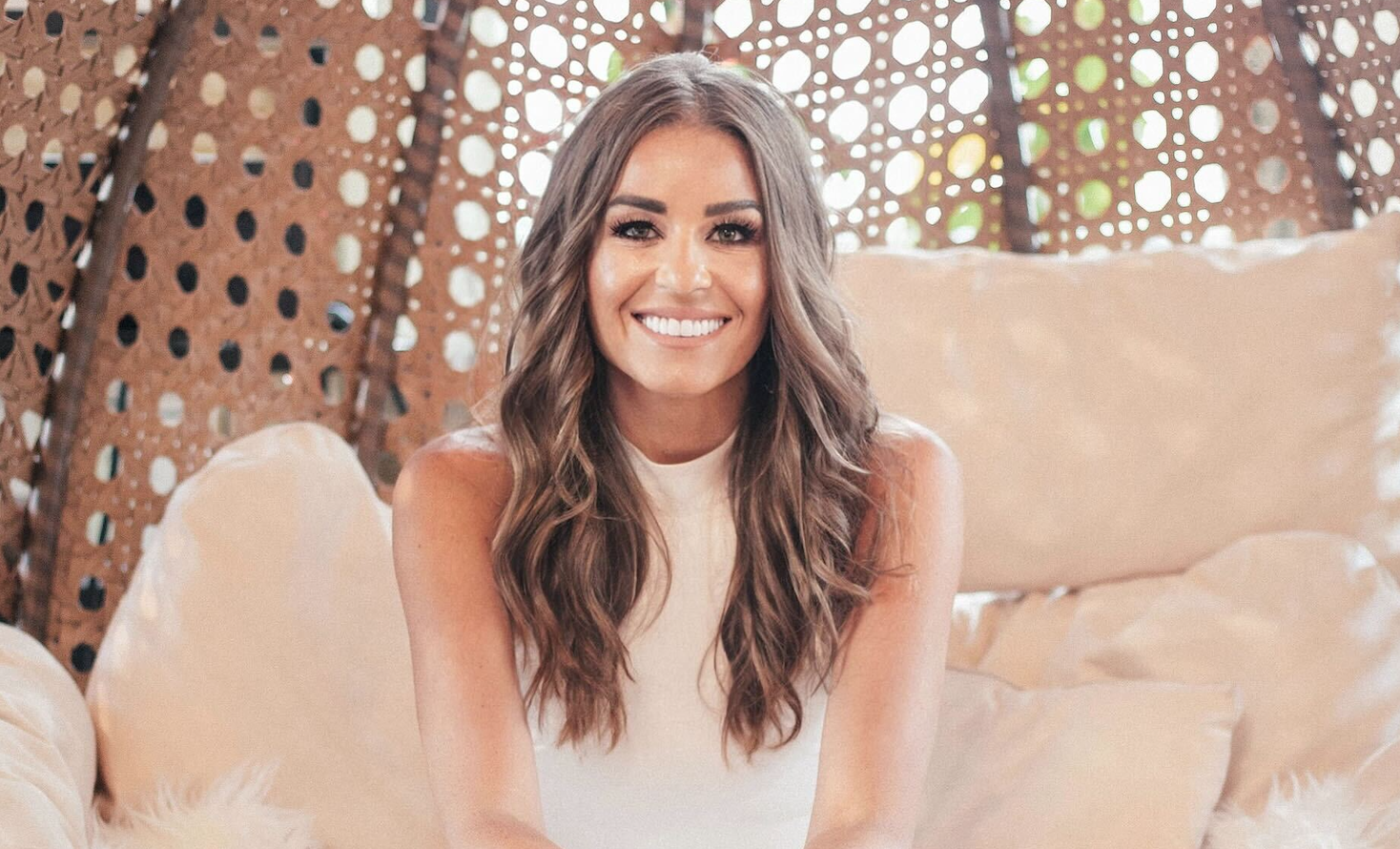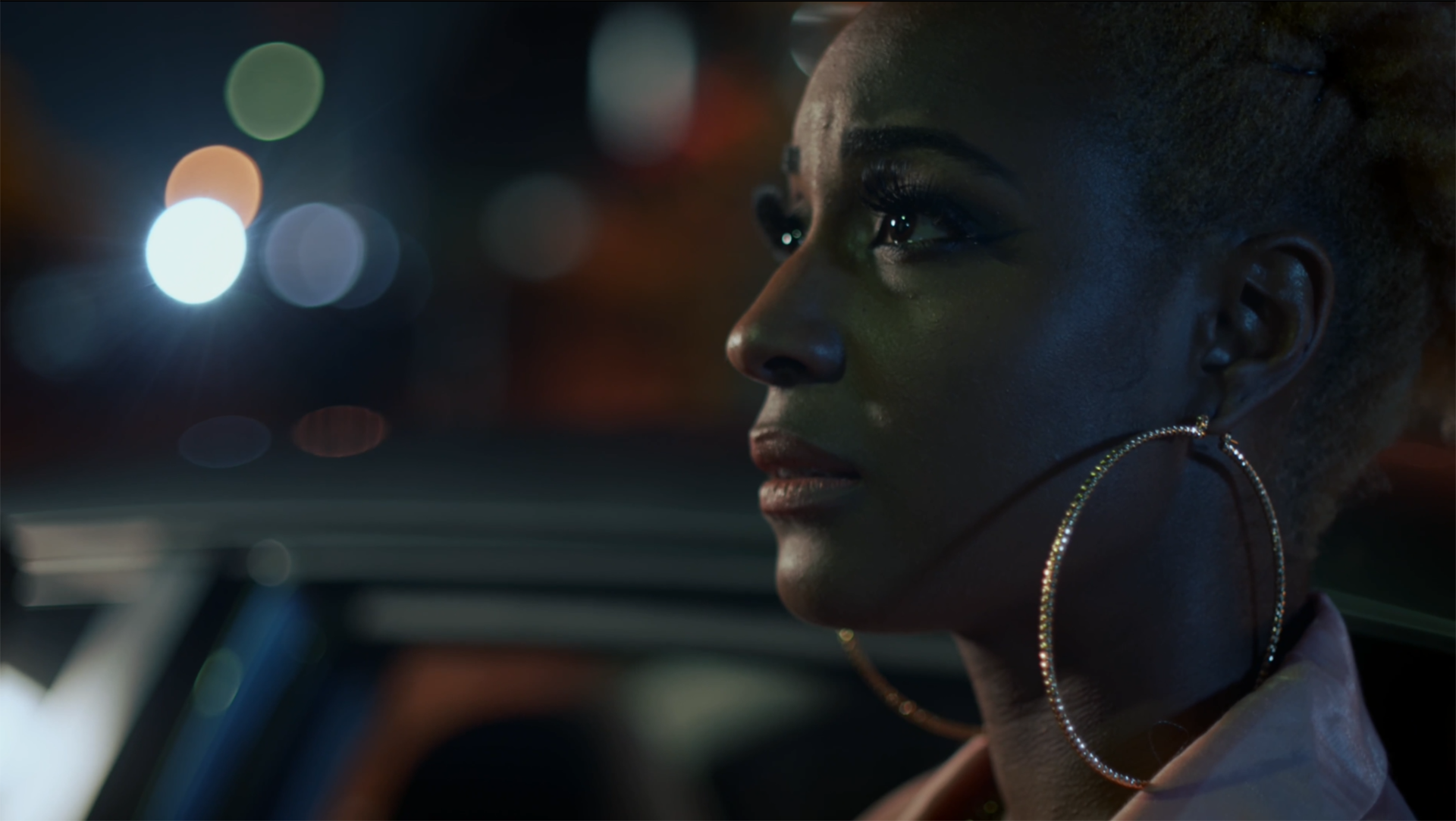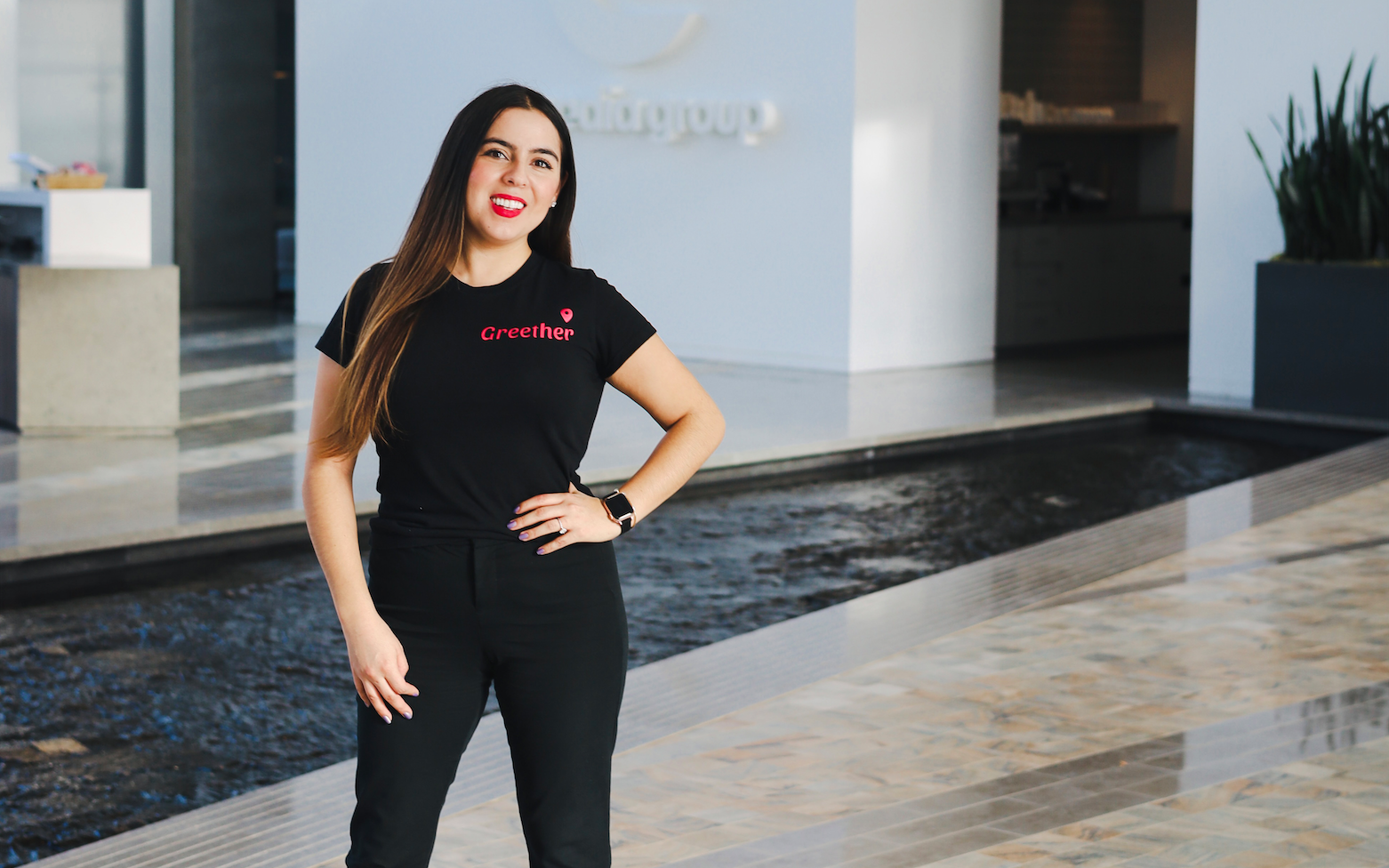
In a genre filled with so many emerging and popular female authors, the Young Adult fiction world is dominated by names that are as familiar as any A-list celebrities: J.K Rowling, Suzanne Collins, and Veronica Roth just to name a few. But it’s not just action adventure story lines that these women are writing about. Meet Bridgette Alexander. She is the author of the Celine Caldwell mystery series, centered on a sixteen-year-old private school student with an internship in the Metropolitan Museum of Art who goes on a journey to solve mysterious crimes centered in the art world.
The web of crimes portrayed ranges from cold art thefts to murders; from a fatwã placed on an art benefactor to historical crimes in post-civil war; and from Nazi theft to Middle Eastern intrigue. The series follows Celine through the fits and starts of laying the beginning foundation of her young life and the career she’s passionate to pursue. We see how Celine learns to solve mysteries using the tools she developed as a student of both art and observer of adult folly and hypocrisy.
Think: the millennial Nancy Drew meets The Davinci Code.
It is exactly the kind of complex, female protagonist we want to see more of in mainstream entertainment (film, TV, literature, music etc). There is a movement happening where audiences are being drawn to these stories like never before. For too long we have been told that audiences aren’t willing to spend time or money investing in female-driven stories, but the numbers suggest otherwise. We have showcased a handful of emerging female authors who have already amassed not only a large following, but huge sales enough to defy any critic or naysayer.
We were intrigued with the Celine Caldwell series and had the chance to chat one-on-one with Bridgette Alexander to dive deeper into her passion for writing about race, culture, gender and art, and why she feels it is important to be part of the movement presenting new and interesting female characters to the world.
When did you start writing and what made you become a writer?
It was in college, and writing a column for our newspaper, and soon afterwards, writing art history papers. To explore other worlds, lives, cultures and do the research and travel that are needed to put you right in the middle of your subject, I found exhilarating. When I wrote my master’s thesis in graduate studies at the University of Chicago, I had a theory about the artist, Edouard Manet and his seminal work, Olympia.
But what really made it for me, was researching in the Documentation Centre of the Musée d’Orsay. There I read newspapers, articles, dating back into the 19th century, and even more specifically, the years 1864 and 1865. There was also so much information on women from this incredibly important time period for women artists, women patrons and female artists models and women of color.
What I noticed that some of the previous art historians — white, male, art historians that is, who sat in that same chair as I was sitting in, read this same information on women and women of color during the second empire as I was doing, but because they weren’t their scholarly interest or probably personal interest, all of that information – from women forming a female artist model labor union to this black woman, or other black women’s role in French artists lives and work – it may never become known or shared with the world. I knew right at the moment how important writing, and the dissemination of information really, truly are.
Which authors inspire you the most?
There are a number of authors: Mark Twain, William Faulkner and John Steinbeck. It’s not only their written works that I love and spent so much of my childhood totally absorbed in, but it was also their politics and how they used the written works and words to carry through some of the ugliness hatred and extreme political ideologies. They showed both sides of it and how complexities of hatred make our lives complicated.

Young Adult fiction is a really popular genre, especially among female authors who seem to be dominating. Why do you think there is such a passion for books written by women?
To hear the voices or perspectives from groups other than the same dominant voice or perspective is always a welcome prospect. I do not want to be an essentialist saying women bring a different perspective, however they bring a broader point of view where the place or role of children is always needed. Women tend to write and write well about children. Because, let’s face it, most of the child rearing done in this country is by women. Who else knows adolescence so well: that is, having a period mishap; clichés of mean girls; the crush of a first love and hormones at the same time; and about their dreams and aspirations?
Tell us about the Celine Caldwell series?
Throughout the book series, I look to take Celine Caldwell into various histories and social contexts. In the second book scheduled for release spring 2017, Sons Of Liberty we’ll find Celine tackling a right-wing political organization. Then, in book three, PASHA, there’s a former arms dealer-turned art patron who is being honored by the art world, but unfortunately for that character, a dark presence from his pass is gaining on him – the rooster coming home, sort of speak. Celine sees past all of his wealth, and charisma, for this she’s able to step into his world with ease and prevent a major international incident.
Each of the twelve books in the series examines social and political issues, without being preachy or didactic. I am so excited and thrilled about the art that’s featured in the series. The art takes the reader through centuries of visual cultural from American portraiture, French Heroism, Italian Baroque, French Orientalism to Modern and Contemporary Islamic art. The series is a beautiful journey through art’s history that is both sexy and informative.

When did you become passionate about the art world and decide to base your stories on this?
For over 25 years I’ve worked in the art world: as a invited curator in museums here in the US and museums in Europe. The art world has always been very exciting and sexy to me. I want other people, teenagers and adults to see this world as I’ve seen it. I think it’s so important to be exposed to the mechanisms of this world beyond the level of the visual artists. To learn about the curator, the archivist, the museum director, the auction house specialist, the conservationist, the educational director; there are a lot more, but to provide a taste of this world was one of the driving factors for me behind creating the series.
There is a lot of criticism that female artists are not represented in the art world as much as men. How do you hope your series will bring more awareness to the women in the art world?
In the Celine Caldwell Mystery series, I showcase several artists, some are men and some are women. My intention is highlighting the lives and work of an artist. However, the importance of sexual inequality and racial inequality lays in the power of institutions such as museums and auction houses, galleries, and even the universities. They are in a position to influence how we understand our world, our history and our culture. There are not a lot of women in those roles as museum directors, auctioneers, the mega-gallerists, and of course the blue-chip artists. These are issues I explore throughout the series.

You are working on another project where you interviewed 100 sports stars, celebrities and other notable public figures about their art collection. What were some of the most bizarre stories you learned?
Yes, that project is Black Market. It a close examination of prominent African American art collectors and whites who collect modern and contemporary art created by African American or African descent artists. I interviewed Wall Street executives, prominent businessmen, academics, television and motion picture actors and performers, authors such as the late Dr. Maya Angelou, and Hip-Hop mogul Russell Simmons.
There are lots of wonderful, extraordinary and everyday people in the book and I collected amazing stories including the chilling story of art lost under the weight of hurricane Katrina…that particular story is heartbreaking.
For me, one of the most impressive stories and one of the most fascinating collectors I interviewed was the LA based art collector, Dr. Joy Simmons. This woman has built a massive, broad, beautiful, museum-quality art collection all on her own. Not with the help of or because of a husband, but as a single mother for the last 15 or so years. She is now a part of the life blood of the LA art world, particularly with the avant-garde and emerging artists.
She embodies a lot of what we as women strive to be: she is fabulously independent, she’s built her own wealth, she’s a powerhouse doctor and research scientist, and she’s such a powerful role model for her daughters. Dr. Joy Simmons has to be, beyond a single doubt, one of the few women that I am utterly in awe of.

You have worked at the University of Chicago’s center for Race, Politics and Culture. How does this experience tie in to your work as a writer in developing stories and characters?
My work as a scholar developed from looking at the history of art in France, Italy and Germany. I examined the evolution of the ideology of race and racial constructs and the exploration of gender and its representation. It was quite a fantastic time for me. Some of the groundwork for my scholarly thinking on Paris during the 19th century, specifically during the Second Empire and the emergence of women and race – which was very different from the 20th century construction of race, as we know it to be – was exciting and still is exciting in my work.
Why do you think it is important for girls to grow up reading about female characters who are multi-dimensional and go on a development journey, rather than just objects of romance or lust?
It’s vital to the life of girls need to see women, understand women and aim to be like those women who move far beyond the paradigm of womanhood. And by “womanhood” I mean, there is so much more to being a woman than being someone’s wife or mother. I also passionately believe it’s critical to view a woman as a thinker, as a doer, and that the full dynamic of being a woman is and must be shown to girls very early on.
How do you hope the Celine Caldwell series will inspire teens and young women to be interested in the world of art?
My hope is that young women will be inspired, see a little of themselves in Celine. I hope too that, by placing smart, creative, politically-minded, active teenagers from various racial and ethnic groups, into the stories, that it will make the series relatable to many people – and will help them imagine the role they can play in making a cultural contribution in their own world. It is that aspect that can give life to the series and certainly inspire the sort of self-driven seeker that is like Celine Caldwell.












